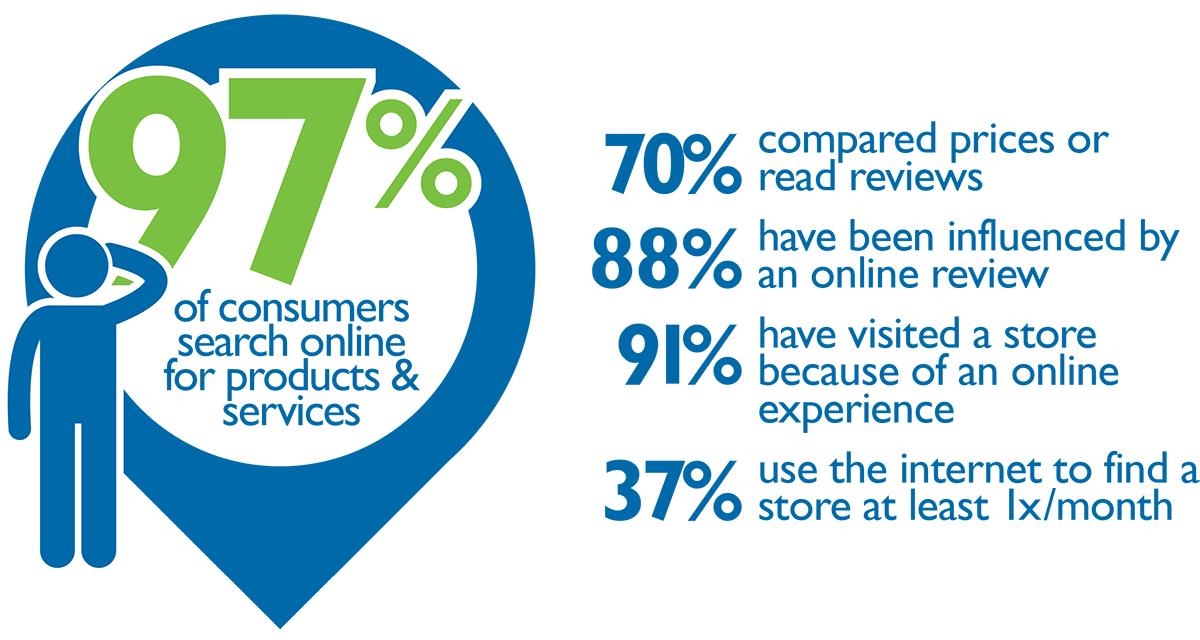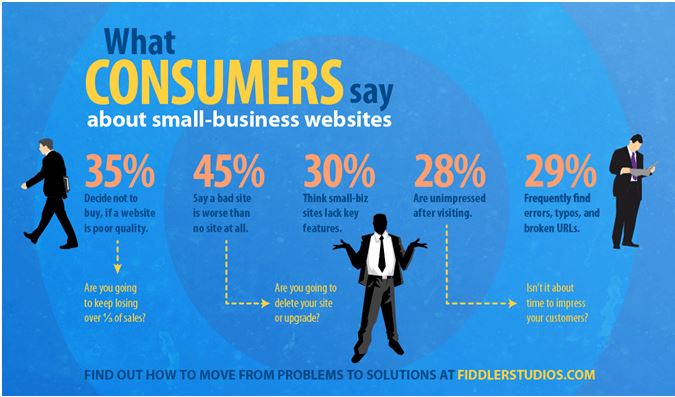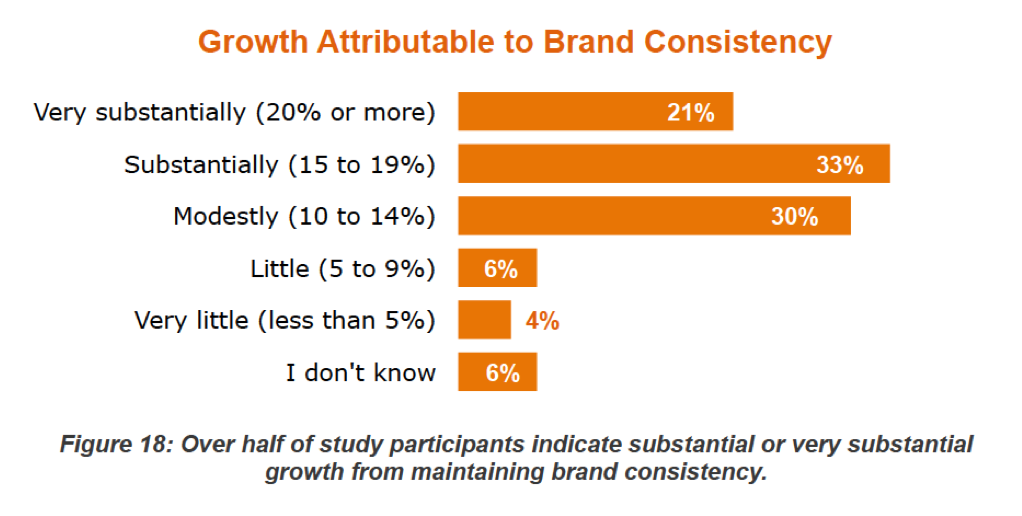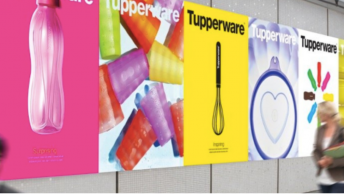Are you aware of how you may be hurting your brand? You may feel you’re doing business as usual but your customers may differ. We all can recall a time when we had food in our teeth after eating a good meal. We bounce around the table conversing with guest unaware of our blemished smile.
This experience is similar to building your digital brand. Like food in your teeth during a conversation, there are aspects of your brand that could be causing more harm than good.
Here is a list of 6 things that can hurt your brand.
1. Having A Bad Social Reputation
Balancing your brick-n-mortar brand with your digital brand may be challenging. It may be difficult to align the physical aspects of your brand in the digital space, but it’s critical if you want to build a profitable digital brand.
For many businesses, profitability boils down to how well your target audience know, like, and trust you.

Social media communication builds trust and if your brand has a poor social reputation, consumers will question your offerings.
2. Not Listening To Your Audience
Great brands tend to be speedy and agile. Understanding their customers’ wants, needs, and challenges give them the ability to react and update marketing communications campaigns in real-time.
When brands don’t listen to what consumers are saying online, they are missing opportunities to reinforce brand messages as well as garner potential sales.
Consumers are accustomed to having brands respond after mentioning them on social media. When brands don’t respond, they’re sending a message of being too busy to respond or just not concerned with what customers are saying. All of which may hurt a brand.
SEE ALSO: How To Use Social Listening For Your Business
3. Having A Poor Website Design
In his book titled Blink, Malcom Gladwell discusses how packaging design affects customer perception. He cites how packaging impacts customer impressions so much that the perceived quality and taste of the products can be affected.
So, if you are building a website or considering a redesign, be sure that your new site conveys quality with an organized, uncluttered layout, with good use of images.
46% of website visitors claim that website design is their number one criteria for determining the credibility of a company.
A poor website design has:
- Complex, busy layout
- Lack of navigation aids
- Small print
- Too much text
First impressions are important and the look and feel of a website greatly influence a consumer’s perception of a brand.
4. Having An Inconsistent Brand Image
Your brand is the public face of your business. Your brand image should be consistent as it differentiates you from your competitors in a tight marketplace.
Conversely, a weak or inconsistent brand can be disastrous as it may confuse your potential customers. A confused customer is not likely to be a return customer, and growing your business is not something you want left to chance.
Also, inconsistent branding can undermine customer confidence in your business—especially those familiar with your brand.
For instance, say the logo displayed on your website is different than the one displayed on your social media. Your consumers may wonder how well you can satisfy their expectations if you can’t manage your own brand.
5. Developing Low-Quality Content
Let’s face it, today’s mobile devices are capable of creating great content and consumers naturally expect that brands are capable of creating high-quality content. Consumers may associate your brand with the quality of the content developed.
If your brand produces lower quality content, it increases the likelihood of being hidden behind several pages of search engine results.
Google, for example, becomes more determined to drop brands with lower quality content. Naturally, so will your customers. In the end, this may hurt your brand financially.
By developing high-quality content, your brand becomes an attractive resource for consumers.
For video based content, low-quality content has:
- Poor sound quality
- Bad lighting
- Poor technical production (i.e. buffering, resolution, etc.)
For text-based content, low-quality content is:
- Duplicate content: such as changing words to form new blog posts or reusing the same content more than once
- Keyword stuffed content (this is an outdated technique but I have found some sites that still use it)
- Irrelevant to your reader
6. Lack of Planning
It may be tempting to let your business grow organically and retroactively respond to the changes in consumer tastes and market trends, but this lack of planning can hurt your brand. Developing concrete plans will guide your brand in a positive direction.
Ultimately, there are several risks that can damage your brand if you don’t have plans in place to monitor and stop problems before they arise.
For instance, do you have a natural disaster or PR blunder plan in place? Without this plan you’re at a greater risk of doing more harm than good.
Prescheduling your marketing communications is not a bad thing. Failure to develop an action plan to update or stop your prescheduled campaigns after a national tragedy is the ultimate “no no”.
For example, following the mass shooting in Aurora, Colorado, the NRA made this entirely inappropriate tweet just a few hours after the tragedy happened:
“Good morning, shooters! Happy Friday! Any weekend plans?” -@NRA_Rifleman
I think the lesson learned here is if you are going to schedule your tweets in advance, make sure they are still appropriate and relevant before they go live.
What else do you commonly see organizations doing that’s hurting their brands? Tell me by commenting below…













